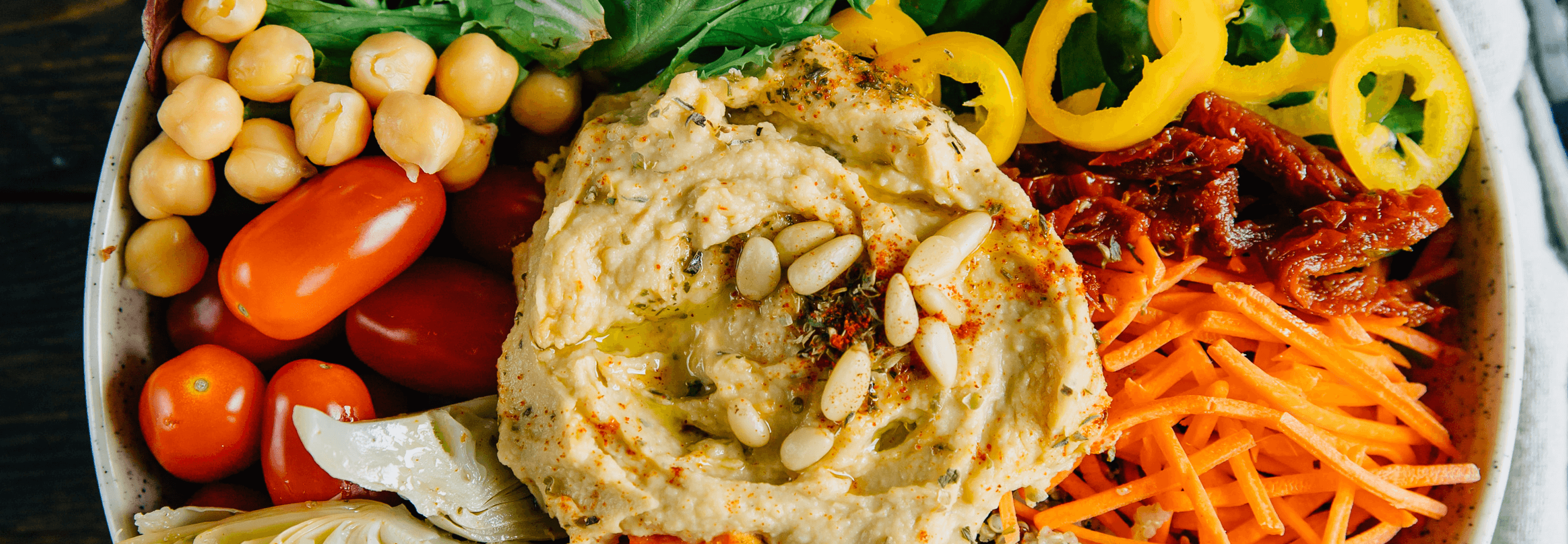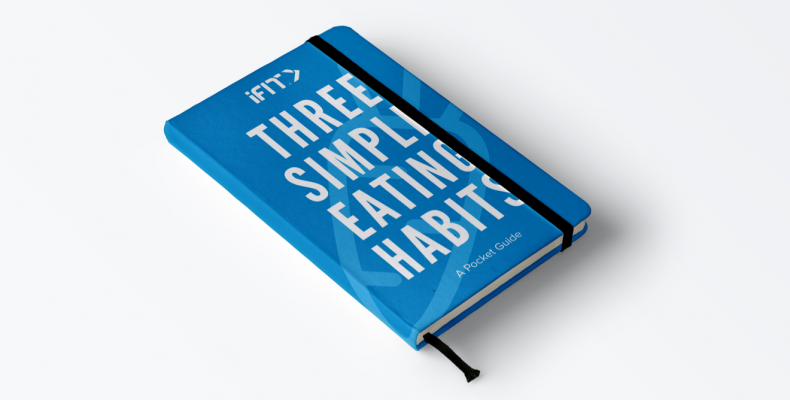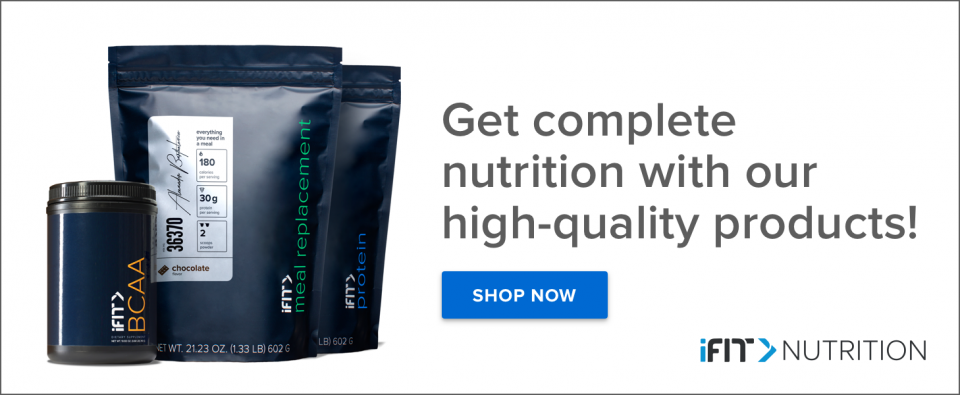
Three Simple Eating Habits
You’ve been told by your mother, doctor, and even billboards to eat your vegetables. Despite these constant reminders, we are falling short as a nation. That’s why we’re here to help you understand not only why you need to eat vegetables, but also how you can make it a habit. More importantly, how can you enjoy eating vegetables?
Three new habits
You don’t have to constantly be munching on raw carrots to get in your servings. We’ll help you work on a few habits to help you get started on changing how you use vegetables in your life!
- Eat one vegetable at breakfast.
- Incorporate two servings of vegetables at lunch.
- Get two servings of vegetables at dinner.
Why vegetables?
Vegetables are loaded with vitamins, dietary fiber, minerals, important phytochemicals, and essential antioxidants that help prevent diseases. People who have a diet rich in vegetables have a reduced risk for stroke, certain cancers, cardiovascular diseases, and other chronic diseases. Vegetables are also naturally low in calories and rich in nutrients. This means that, per calorie, they pack a lot of nutrition. We want you to optimize the amount of nutrients that you give your body without having to consume too many calories, and vegetables are an amazing way to do that.
What is a serving of vegetables?





Incorporate a vegetable at breakfast.
One of the harder challenges when it comes to incorporating more vegetables into your diet is eating them for breakfast. Somehow, fruit and grains have monopolized our morning routine, but trust me, vegetables are a delicious way to start your day! Plus, eating a fiber-rich breakfast in the morning can keep you satisfied longer, so that you don’t feel the need to eat more sugar or caffeine throughout the day.
Preparing vegetables for breakfast may seem like a bit of a chore if you already don’t have a lot of time, but there are a lot of quick, on-the-go options, like a leftover veggie frittata, spinach smoothie, or egg sandwich with tomatoes and sprouts.
This week is for you to push yourself and explore ways to incorporate more veggies in the morning. It might be hard, but it will give you skills to use for the rest of your life. Remember, you should still have two servings of vegetables at lunch and dinner!
Some breakfast ideas:
- Good Morning Muffins
- Sweet Spinach Crepes
- Omelette Cups
- Protein Breakfast Salad
- Avocado Asparagus Egg Toast
Tip: Set a reminder on your phone for 15 minutes before you normally have breakfast so you remember to incorporate a veggie.

Incorporate two servings of vegetables at lunch.
When you are first trying to increase your vegetable intake, it’s a good idea to keep a rough count and measure your vegetables. For raw vegetables (like carrots), one cup is a serving. For leafy greens, two cups are a serving, and for cooked veggies, a half cup is a serving. Pulling out the measuring cups to count vegetables throughout the day can be a bit tedious, so you can also use your hands as a rough serving estimate. We know this isn’t an exact way to calculate servings, as everyone's hands are a different size, but it’s a quick way to estimate. Your fist is equal to about one cup and a handful is about a half cup.
When you are first trying to increase your vegetable intake, it’s a good idea to keep a rough count and measure your vegetables. For raw vegetables (like carrots), one cup is a serving. For leafy greens, two cups are a serving, and for cooked veggies, a half cup is a serving. Pulling out the measuring cups to count vegetables throughout the day can be a bit tedious, so you can also use your hands as a rough serving estimate. We know this isn’t an exact way to calculate servings, as everyone's hands are a different size, but it’s a quick way to estimate. Your fist is equal to about one cup and a handful is about a half cup.
Here are some lunch ideas:

Incorporate at least two servings of vegetables at dinner.
Now that you’ve developed the habit of eating two servings of vegetables at lunch, you are ready to add another skill! We still want you to continue to get two servings of vegetables at lunch, but your end goal is to ultimately get six servings a day. Your next step is to add two servings of vegetables to dinner. The USDA dietary guideline recommends making half of your plate fruits and vegetables, but we suggest trying to make half of your plate all vegetables. This is a good visual tool to get you to eat more of them.
As an important source of fiber, vitamins, and minerals, eating a diet rich in vegetables will give you more energy and reduce your risk of chronic diseases. You can also incorporate vegetables into your main dish. Just remember that there should be twice as many vegetables as protein or carbohydrates. If you’re making a meal, and you know that the recipe doesn’t fulfill this, just double the vegetables. This works for almost every recipe, and it’s a quick-and-easy trick to make sure you are getting at least two servings of vegetables at dinner.
Some dinner ideas:
- Veggie-Loaded Chicken Enchiladas
- Shrimp Scampi Zoodles
- Tex-Mex Spaghetti Squash Bake
- 3-Ingredient Stuffed Peppers
While all vegetables are loaded with nutrients, it’s important that you don’t just eat the same ones day after day. Any vegetables are better than no vegetables, but different vegetables give you different vitamins, minerals, and phytochemicals. You can think about this based on color. Carrots, for example, contain the nutrients that make them orange, and they are different than the nutrients that make broccoli green. We need a variety to satisfy our nutrient needs.
The good thing about vegetables is that there is a huge variety. Plus, there are so many different ways to prepare them. Don’t be afraid to cook them how you like them. If a little butter makes that asparagus more desirable, enjoy a little butter. If roasting cauliflower is the only way you like it, then roast your cauliflower and throw in some carrots, beets, and broccoli while you’re at it.


You might also like

Whole30® Buffalo Chicken Lettuce Wraps
Ingredients 1 pound chicken breast ½ cup Frank’s RedHot sauce ½ cup ranch dressing (Whole30-compliant), plus extra for serving* 1 tablespoon olive oil 2 large sweet potatoes, diced 1–2 heads romaine lettuce Directions Place chicken and hot sauce in a slow cooker. Cook on low for 8 hours or high for about 4 hours—until the chicken shreds easily. Shred chicken, then place back in the warm slow cooker on low. Mix in the ranch and keep warm until ready to use. Heat olive oil in a skillet, then sauté sweet potatoes until tender—about 5–10 minutes. Add sweet potatoes to chicken. Divide chicken potato mixture into 4 bowls. Allow each person to assemble lettuce wraps as desired, some may like more filling while others like less, so you may need 1–2 heads of romaine, depending on preferences. Top with additional ranch, if desired. *We used Tessemae's Ranch. NUTRITIONAL INFO PER SERVING Calories 440 (230 from fat) Total fat 26g Saturated fat 2.5g Cholesterol 95mg Sodium 13200mg Carbohydrate 23g (7g dietary fiber, 6g sugar) Protein 30g WARNING: This post is not intended to replace the advice of a medical professional. The above information should not be used to diagnose, treat, or prevent any disease or medical condition. Please consult your doctor before making any changes to your diet, sleep methods, daily activity, or fitness routine. iFit assumes no responsibility for any personal injury or damage sustained by any recommendations, opinions, or advice given in this article.
March 3, 2018